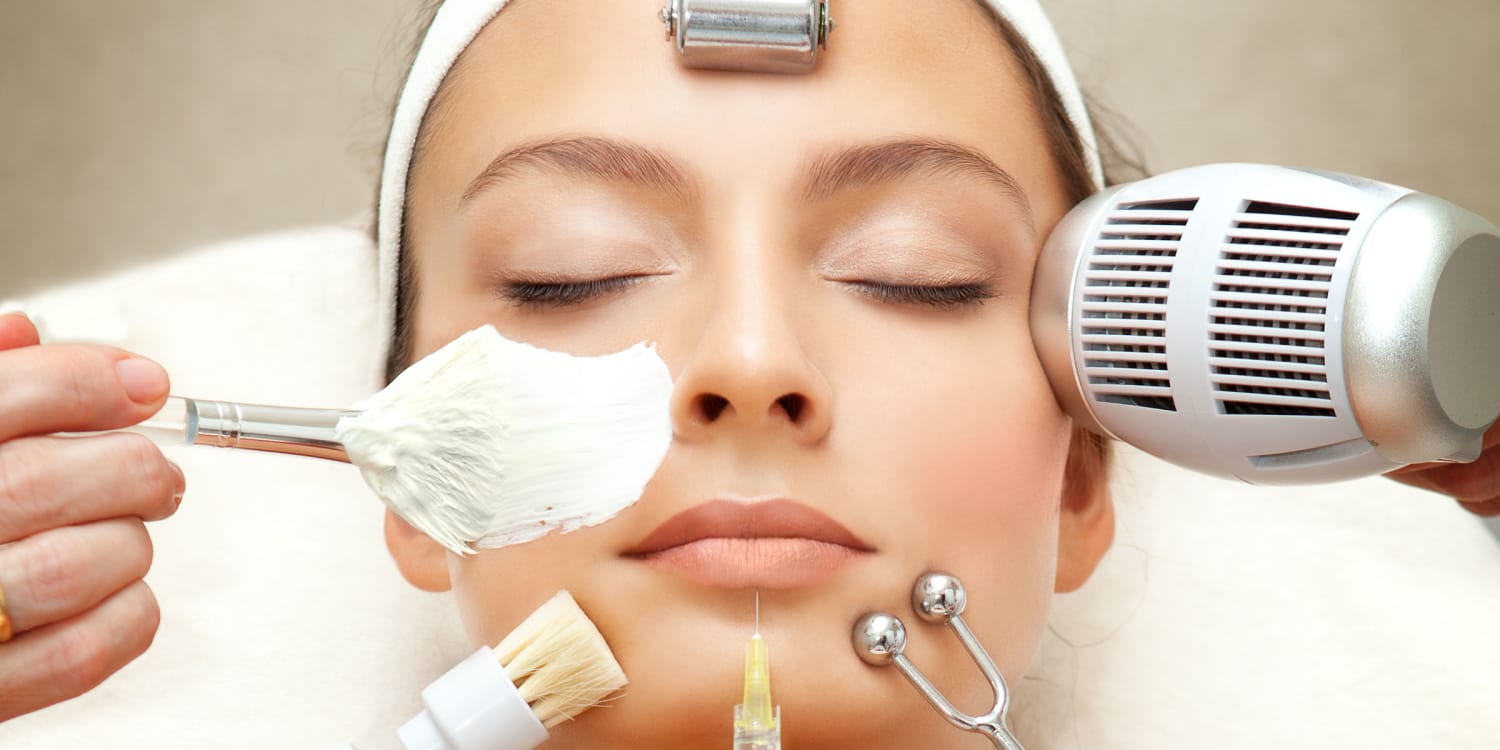Wrinkles are a natural part of the aging process, but with advances in skincare and dermatology, there are various treatments available to reduce the appearance of wrinkles and fine lines. These treatments are grounded in scientific principles and are effective at addressing the underlying causes of wrinkles. In this article, we’ll delve into the science behind wrinkle treatments.
Understanding Wrinkles
Wrinkles occur as a result of several factors:
Collagen and Elastin Loss: Collagen and elastin are proteins in the skin that provide elasticity and structure. As we age, the production of these proteins decreases, leading to skin that is less firm and more prone to sagging and wrinkling.
Dehydration: Skin that lacks proper hydration can appear more wrinkled. Dehydrated skin has less moisture and is less plump, which accentuates the appearance of wrinkles.
Sun Exposure: UV rays from the sun can damage the skin’s collagen and elastin fibers, leading to premature aging and the development of wrinkles.
Muscle Contractions: Repeated facial expressions, like smiling or frowning, can cause lines to form in the skin over time. These are known as dynamic wrinkles.
Scientific Wrinkle Treatments
Topical Retinoids: Retinoids, derived from vitamin A, are powerful tools for wrinkle treatment. They work by stimulating collagen production and promoting cell turnover. Over-the-counter options and prescription-strength retinoids are available.
Hyaluronic Acid Fillers: Hyaluronic acid is a natural substance found in the skin that helps maintain hydration. Injecting hyaluronic acid fillers into the skin can plump it up and reduce the appearance of wrinkles by restoring lost volume.
Botulinum Toxin (Botox): Botox injections block the nerve signals responsible for muscle contractions, temporarily paralyzing the muscles in the treated area. This helps smooth out dynamic wrinkles, such as crow’s feet and frown lines.
Chemical Peels: Chemical peels use acid solutions to remove the top layer of skin, promoting the growth of new, smoother skin. They can improve the appearance of fine lines and uneven skin tone.
Laser Therapy: Laser treatments use focused beams of light to stimulate collagen production and remove damaged skin cells. Fractional laser therapy is particularly effective for wrinkle reduction.
Dermal Fillers: Dermal fillers, made from various materials, can be injected to fill in wrinkles and restore lost volume. They work well for addressing deeper lines and folds.
Microneedling: Microneedling involves the use of tiny needles to create controlled injuries in the skin, stimulating collagen and elastin production. It’s effective for fine lines and overall skin rejuvenation.
Prevention Is Key
While these treatments can effectively reduce the appearance of wrinkles, it’s essential to prioritize prevention:
Sun Protection: The regular use of sunscreen and protective clothing is critical in preventing sun damage and premature aging.
Hydration: Proper skin hydration can help maintain a youthful appearance. Use moisturizers and drink an adequate amount of water.
Healthy Lifestyle: A balanced diet, regular exercise, and not smoking can all contribute to healthier skin.
Wrinkle-Preventing Products: Incorporate skincare products with antioxidants, peptides, and broad-spectrum sunscreen to protect and nourish your skin.
The science behind wrinkle treatments is grounded in addressing the root causes of wrinkles, from collagen loss to muscle contractions and sun damage. Scientifically proven treatments, coupled with a preventive approach, can help you maintain a more youthful and radiant complexion. If you’re considering wrinkle treatments, consult with a dermatologist to determine the best approach for your specific needs.

